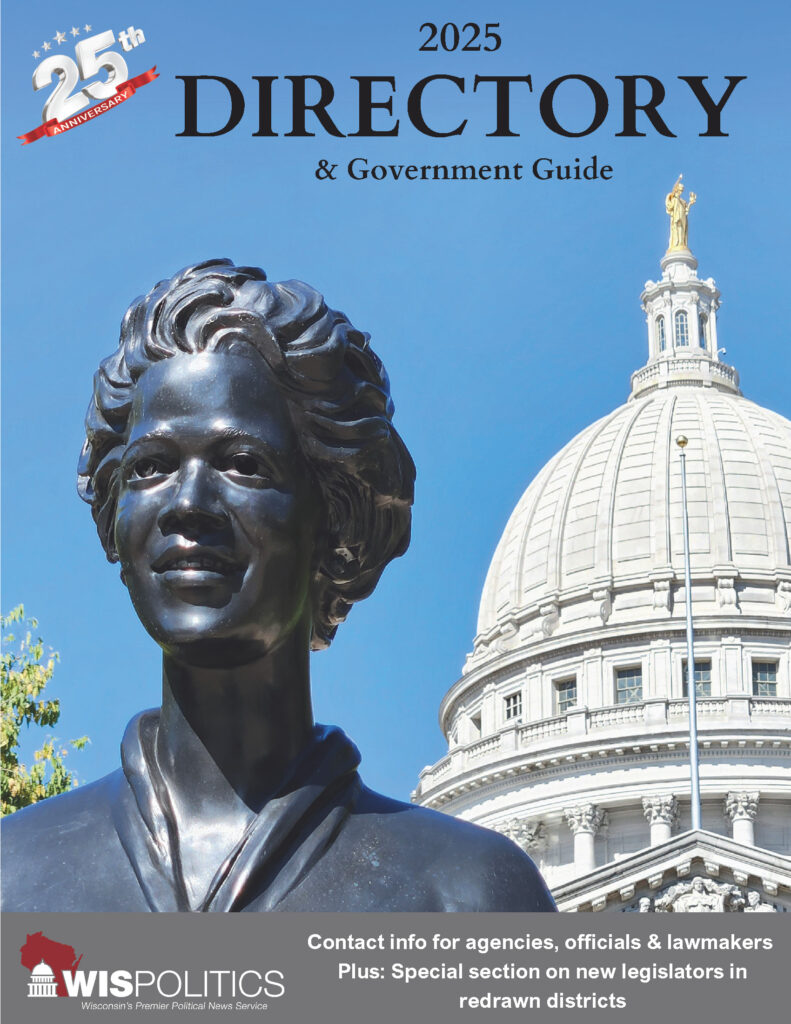The 2024 budget cycle finds Wisconsin’s two largest school districts – the Milwaukee Public Schools (MPS) and Madison Metropolitan School District (MMSD) – facing the challenges of declining student enrollment and the need to boost employee pay amid record inflation in a tight labor market.
The looming expiration of federal pandemic aid presents another daunting challenge in 2025 and beyond, according to the Forum’s annual brief on the superintendents’ proposed budgets for MPS and MMSD. Adding more uncertainty to the mix are questions about how school finances may change under the state’s next two-year budget beginning on July 1.
For the past two school years, the state provided no increase to the per-pupil revenue limits that cap key sources of school funding. Amid a record state surplus and inflation levels, Gov. Tony Evers wants to give schools very large state aid and revenue limit increases, but GOP lawmakers appear unlikely to agree to similar levels.
Key findings for our review of the MPS budget proposal include:
- The most significant spending item in the budget is an 8% across-the-board salary increase for all MPS staff. According to budget officials, it adds about $50 million in salary costs next year. The increase may be necessary in light of high inflation and other recruitment and
retention challenges but the budget documents fail to mention this proposal or explain its impact on the district’s growing fiscal challenges. - The pay increase is funded in part with an additional $22.7 million of budgeted savings from continued high numbers of vacant positions throughout 2024 (the district had more than 700 vacant teaching and support positions as of early May of this year). This is the second straight year that a huge vacancy adjustment has been a key budget-balancing tool. With the district’s pupil-teacher ratio now sitting at fewer than 14 students for each teacher, a reassessment of the district’s true staffing needs appears warranted.
- MPS’ budget proposal assumes revenue limits would continue their current freeze into 2024; it budgets for MPS’ property tax levy to stay flat at $283.6 million while the largest form of state aid — equalization aids — would drop by $30.2 million. While these assumptions may prove conservative, they are appropriate from a budgeting standpoint and they illustrate what the future may hold if key revenue streams do not increase.
- MPS’ five-year forecast indicates that the district may find itself no better off from a longterm financial perspective after its 2020 referendum phase-in than before the referendum’s adoption. The forecast relies upon a number of conservative assumptions that may change but currently projects a structural budget gap of $108.2 million in 2025, increasing to $218.8 million in 2028 – these gaps are larger than those projected in last year’s forecast and the growth occurs even with the full phase-in of the $87 million in additional revenue limit capacity gained from the referendum.
Key findings for the MMSD budget proposal include:
- Total staffing at MMSD would decline from 4,170.8 full-time-equivalent employees (FTEs) in 2023 to just 4,015.7 in the upcoming year — a decrease of 155 positions, or 3.7%. The drop would be mostly due to a decrease in teaching positions and educational assistants, which in turn reflect the loss in student enrollment. The staffing cuts could continue in 2025 since the 2024 budget would use temporary federal funds to pay for 110.9 ongoing positions.
- MMSD is making rising payments to the state for lost state aid due to students living in the district who attend independent charter schools or private schools participating in the state’s voucher program. This year, payments to the state for those items and all others rose to $11 million, a 59.5% increase from last year, and are projected to rise again in 2024.
- General school aids, the main form of state assistance to K-12 schools, are projected to fall sharply for MMSD in 2024. In 2013, general school aids totaled $58.5 million but by 2024 are projected to shrink to $37.4 million. This is because the district’s higher than average property values and spending cause it to receive less favorable treatment under the state’s main aid formula, which does not factor in challenges facing MMSD students such as poverty. This trend has been exacerbated by spending from the current referendum and ultimately is making the district more dependent on local property taxpayers.
- Declining enrollment, inflation, and expiring federal COVID-19 aid are creating a mix of fiscal pressures that may cause MMSD to consider yet another operating referendum in 2024. Voters overwhelmingly approved such measures in both 2016 and 2020. Under the state funding formula, a successful referendum likely would further erode state general aid to the district. This would not prevent MMSD from raising spending levels, but it would add to the long-term cost for local property taxpayers.
Going forward, challenges for both districts will escalate as they exhaust their federal pandemic aid, respond to pandemic learning losses, compete for teachers in a tight labor market, and respond to enrollment challenges from declining birth rates and competition from other school sectors.
Falling public school enrollment has been an issue statewide during the COVID-19 pandemic, and the impact is particularly acute for MPS and MMSD. Both districts project the losses will continue in 2024. This trend will keep downward pressure on the districts’ per-pupil state revenue limits and state aid payments, adding to their budget challenges.
We hope this brief provides state and K-12 leaders with greater perspective as they deliberate on their budgets for next year and consider how to address them in the long term. Click here to read the report.
The Wisconsin Policy Forum is the state’s leading source of nonpartisan, independent research on state and local public policy. As a nonprofit, our research is supported by members including hundreds of corporations, nonprofits, local governments, school districts, and individuals. Visit wispolicyforum.org to learn more.



